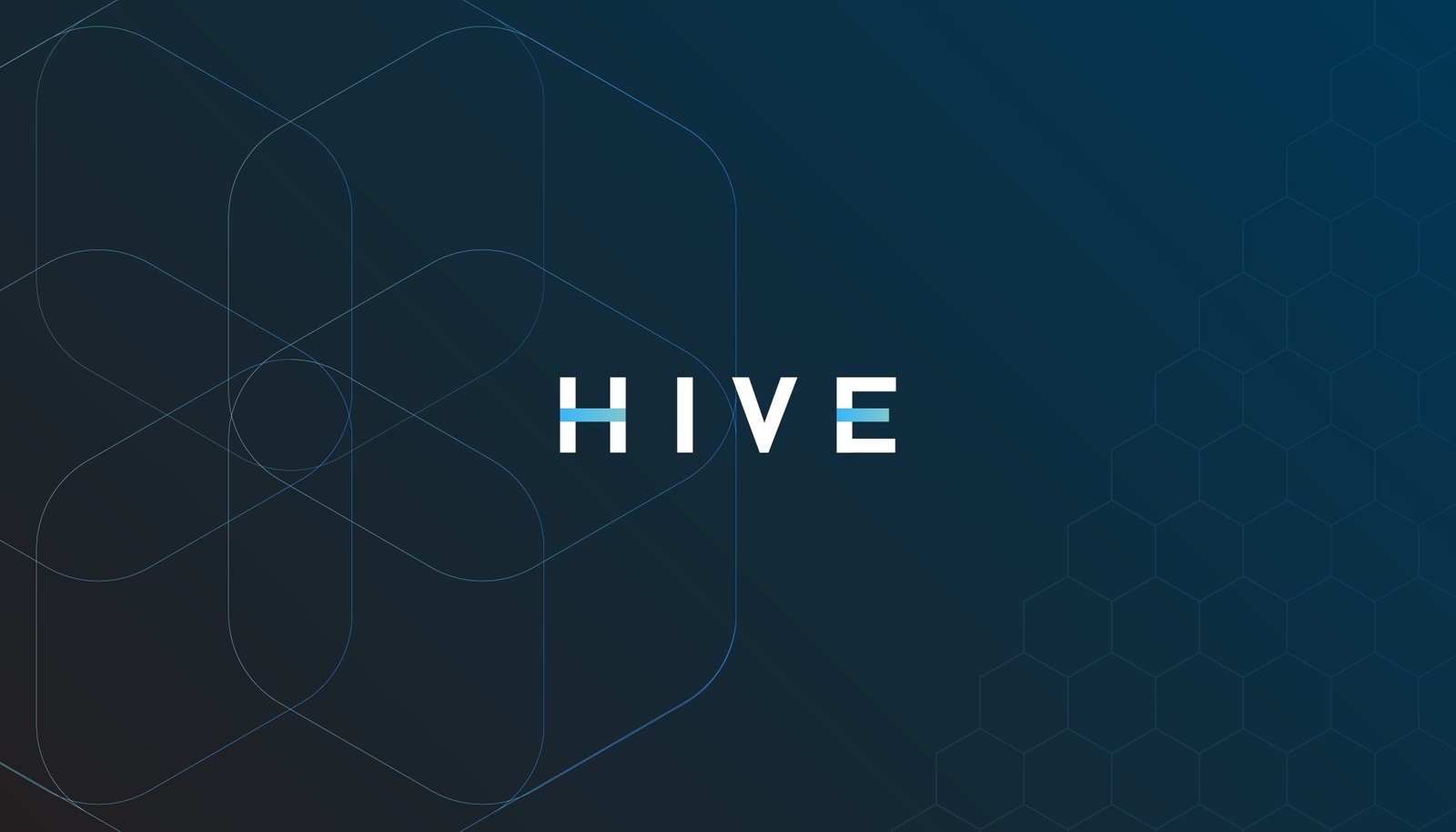In a surprising turn of events, Bitcoin miners, including the earliest “Satoshi-era” participants, are holding tightly to their reserves even as the cryptocurrency reaches fresh all-time highs in 2025. New research from CryptoQuant, a leading on-chain analytics platform, reveals a notable shift in miner behaviour amid falling revenues and challenging network conditions.
Satoshi-Era Miners Slash Sales to Record Lows
According to CryptoQuant’s latest data, miners who have held Bitcoin since its earliest days, often referred to as “Satoshi-era” miners, have sold just 150 BTC in 2025 so far. This marks a dramatic reduction from the 10,000 BTC they offloaded in 2024, despite Bitcoin’s price currently hovering around $107,000.
Historically, these early miners tended to sell significant amounts during bullish rallies, often indicating local market tops. However, this year they appear to be resisting the urge to cash in, suggesting a potential change in sentiment or strategy.

“Selling from Satoshi-era miners remains at low levels,” said the report. “These miners have sold only 150 Bitcoin so far in 2025, compared to almost 10K Bitcoin in 2024.”
Miner Revenues Drop, But Selling Remains Muted
While the price of Bitcoin continues to climb, miner profitability tells a different story. CryptoQuant notes that daily miner revenues fell to just $34 million on June 22, the lowest since April 20. This dip is attributed to reduced transaction fees and the declining price from recent highs.
Despite these pressures, miners are not offloading their holdings. Daily outflows from mining wallets have dropped sharply, from a peak of 23,000 BTC in February to just 6,000 BTC today. Additionally, the volume of Bitcoin transferred directly from miners to exchanges has remained consistently low.
“Bitcoin miners are the most underpaid they have been in the last year as daily revenues decline to two-month lows,” the report stated. “However, miner selling is still muted in spite of lower revenues.”
Hashrate Declines Amid Post-Halving Pressure
The Bitcoin network’s hashrate, a measure of total computational power, has declined by 3.5% over the past 10 days. This represents the largest drop since July 2024, following the most recent block reward halving, which cut miner income per block by 50%.
The halving has increased financial pressure on smaller and mid-sized miners, many of whom were expected to liquidate reserves to cover operational costs. Yet, the opposite has occurred. Even miners holding between 100 and 1,000 BTC have increased their collective reserves by 4,000 BTC since April. Their combined holdings now stand at 65,000 BTC, the highest since November 2024, when Bitcoin surpassed its previous all-time high of $73,800.
Strong Operating Margins Drive HODL Mentality
CryptoQuant attributes this new “HODL” strategy to miners’ robust operating margins. Despite reduced earnings, many miners still maintain a 48% profit margin, allowing them to accumulate rather than sell.

This trend suggests that large mining operations are preparing for further price increases or aiming to influence market sentiment by reducing sell pressure. It also reflects a maturing mindset among miners, who may be treating Bitcoin less as a volatile asset to trade and more as a long-term store of value.
A Bullish Signal for Bitcoin?
Earlier in June, the Hash Ribbons metric, which signals miner capitulation and potential price bottoms, triggered a classic “buy” signal. The current miner behaviour reinforces this bullish outlook.
By refusing to sell during a price surge, especially from the cohort of miners historically most inclined to do so, the market is seeing an unusually tight supply. This could potentially drive prices even higher in the months to come, assuming demand remains strong.
As the dynamics of miner activity evolve, their restraint during peak prices could signal growing confidence in Bitcoin’s long-term value. The shift from a profit-taking mindset to one of strategic accumulation may mark a new phase in the maturation of the cryptocurrency market.






















































